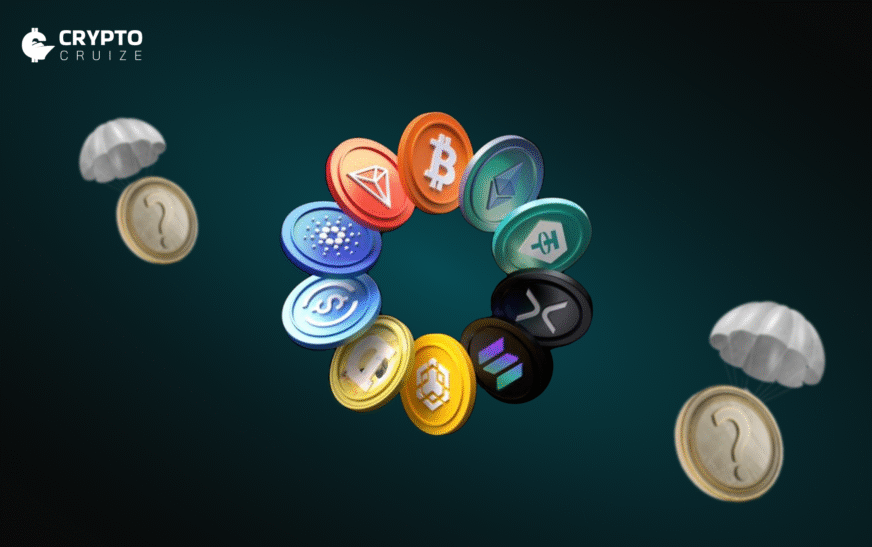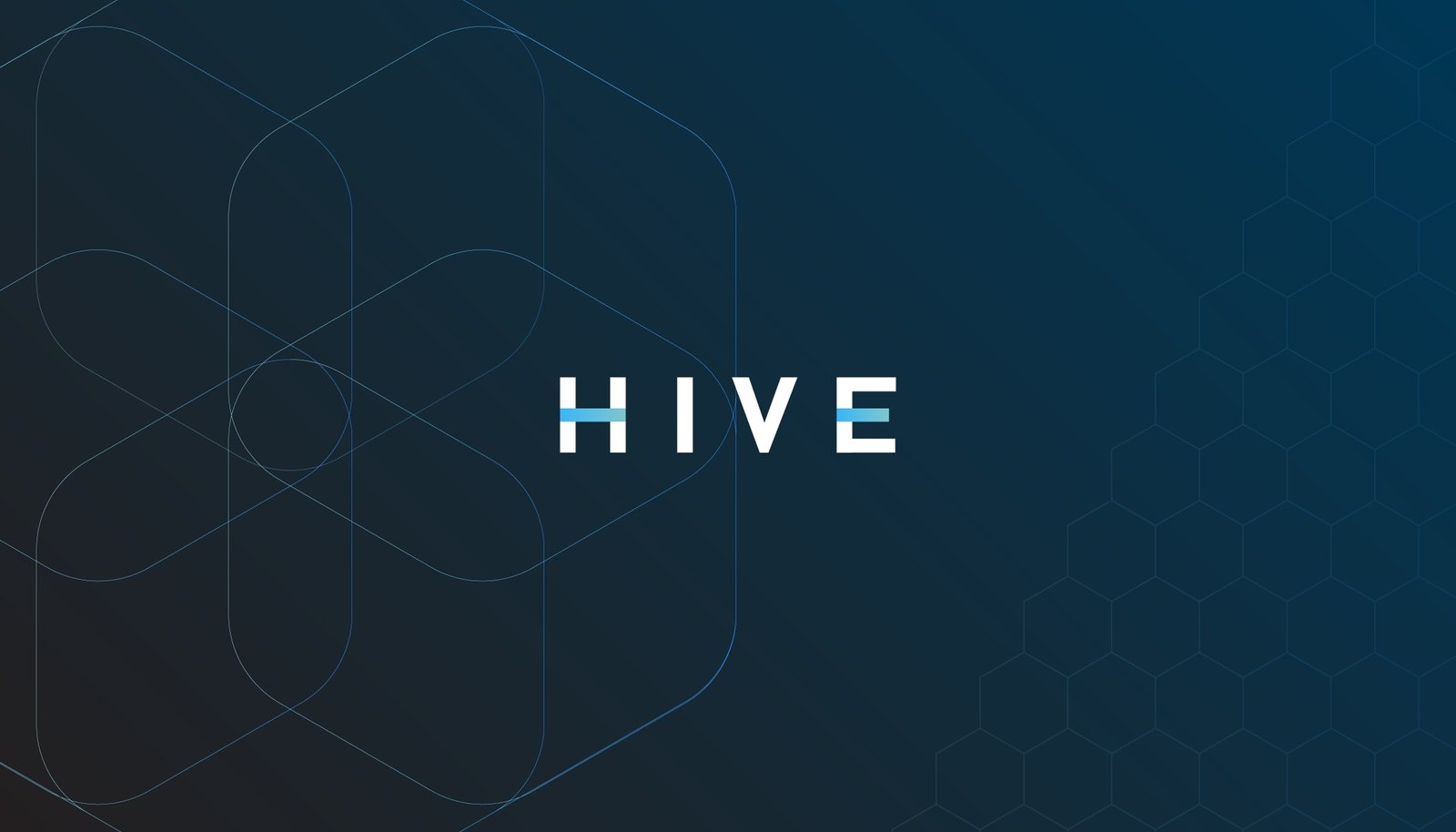Bitcoin has long held its reputation as “digital gold” a secure, decentralised store of value. But beyond buying, holding, or trading, there’s been little to do with it in the broader DeFi ecosystem. That’s exactly what Botanix aims to change with the official launch of its mainnet, unlocking a new wave of possibilities for Bitcoin holders.
Botanix is positioning itself as a Bitcoin Layer-2 solution designed to make Bitcoin more than just a static asset. By creating an Ethereum-compatible chain, Botanix allows users to interact with decentralised applications (dApps) and financial protocols that were previously out of reach for Bitcoin holders.
“Right now, Bitcoin is a store of value that doesn’t do anything,” said Botanix co-founder Willem Schroe in a recent interview. “There’s so much more in the world that needs to come onchain.”
A Long-Awaited Onchain Upgrade for Bitcoin
Until now, most Bitcoin-based DeFi activity was facilitated through centralised off-chain entities or custodians offering wrapped Bitcoin (WBTC) on Ethereum and other networks. While useful, this system introduces risk. Lenders like BlockFi and Celsius collapsed in the 2022 crypto winter, triggering massive losses for investors.

Botanix’s solution eliminates the need for such centralised middlemen by allowing native Bitcoin to interact with Ethereum-based DeFi protocols in a more transparent and permissionless way. The launch of its mainnet represents a significant step in connecting the security of Bitcoin with the programmability of Ethereum.
“You’ve got these two worlds, and I absolutely believe they are converging,” said Schroe. “It’s going to be more permissionless, more transparent, more global, more onchain. That’s what we’re building for.”
Bitcoin Layer-2s: The Next Big DeFi Frontier
Botanix is not the only player trying to bring DeFi utility to Bitcoin. Projects like Stacks and Babylon are also building infrastructure to make Bitcoin programmable. But what sets Botanix apart is its immediate Ethereum compatibility, allowing developers and users to build and use familiar tools without starting from scratch.
According to Schroe, one of Bitcoin’s core limitations has been its lack of programmability. This has historically kept builders at bay, but the tide is turning fast.
“There’s a lot of people building infrastructure. We still have to see it play out, but over the next four years, this Bitcoin Layer-2 market can go really, really fast,” he predicted. “The application layer on Bitcoin is going to explode.”
The market opportunity is indeed massive. With Ethereum DeFi’s total value locked (TVL) hovering around $50 billion and Ethereum’s market cap just a fraction of Bitcoin’s, Schroe sees immense potential. “If Bitcoin DeFi scales similarly, we could see a $250 billion market,” he said.
Bitcoin 2100: A Gamified Gateway to the Future
To support its launch and introduce users to its network, Botanix has also released “Bitcoin 2100,” a retro-futuristic video game designed to familiarise players with onchain Bitcoin applications. Set in the year 2100, the game imagines a world where Bitcoin powers the financial system.

Players collect satoshis (Bitcoin’s smallest units) and explore different digital “houses,” each representing live applications on the Botanix network like Arch and Rover. This interactive experience aims to make Bitcoin DeFi approachable and engaging, especially for newcomers.
The gamified launch is not just a gimmick, it’s a part of Botanix’s broader vision to grow an ecosystem where users can actively engage with Bitcoin rather than simply hold it.
The Programmable Bitcoin Era Has Begun
Botanix marks a significant milestone in Bitcoin’s evolution. As more projects seek to give Bitcoin utility beyond storage, the network effect of Ethereum-style DeFi could finally reach the world’s most valuable crypto asset.
By offering an Ethereum-compatible Bitcoin Layer-2 chain, Botanix could be the missing bridge between two powerful ecosystems. And with gamified onboarding through Bitcoin 2100, it’s not just making Bitcoin programmable.



















































